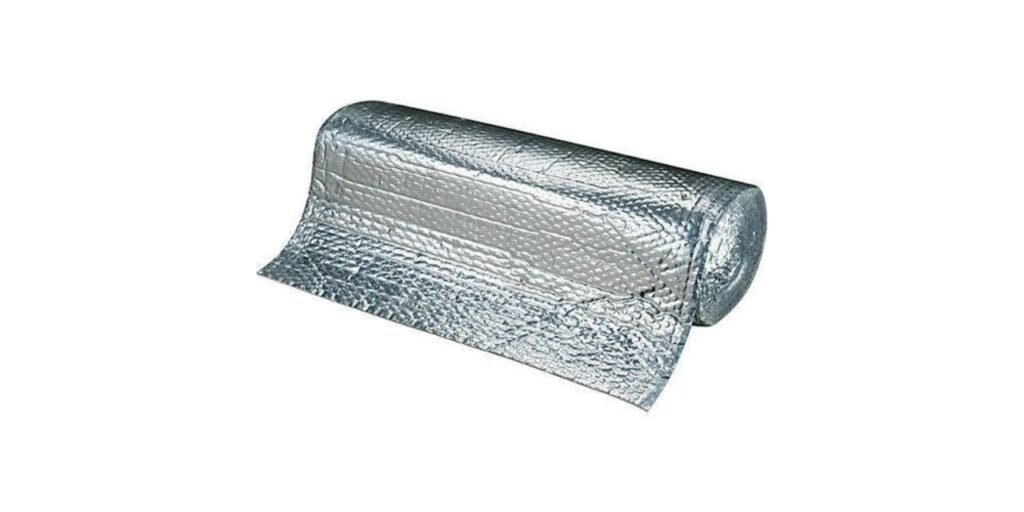
The market for thermal insulation materials is expected to grow from USD 71.7 billion in 2023 to USD 96.0 billion by 2028 at a compound annual growth rate of 6.0%, according to the report ” “Thermal Insulation Material Market by Material Type (Fiberglass, Stone Wool,Foam,Wood Fiber), Temperature range (0-100?, 100-500?, 500? and above), End Use Industry (Construction, Automotive, HVAC, Industrial), and Region – Global Forecast to 2028.” The market for thermal insulation material is primarily driven by the need for thermal insulation material in a variety of end-use industries, such as the building, automotive, HVAC, and industrial applications; additional factors driving the market include the growing need for indoor air quality, energy efficiency regulations, and environmental concerns. Additionally, it is fueled by rising and quickly growing economies.
Download the brochure in PDF format.
Look around
- 128 Tables with Market Data
- Forty-seven Figures
- “Thermal Insulation Material Market – Global Forecast to 2028” is a comprehensive TOC spanning 186 pages.
Among the well-known pivotal figures are:
French company Saint Gobain SA
Irish group Kingspan,
Denmark’s Rockwool International A/S
US-based Owens Corning,
Insulation Knauf (US),
Germany’s BASF SE, among many others…
Driver: Government energy and sustainability programs, as well as the growing need for indoor air quality and noise reduction
The imperative to curtail greenhouse gas emissions and preserve natural resources has led to an increase in government activities worldwide to encourage the development of environmentally sustainable buildings. The development and maintenance of buildings contribute significantly to energy use and greenhouse gas emissions, hence promoting green buildings is essential to achieving sustainability objectives. The market for thermal insulation materials is expanding due to the growing need for noise reduction. Thermal insulation materials play a crucial role in soundproofing applications by reducing the transmission of noise through walls, floors, and ceilings.The business for thermal insulation materials may see significant growth as a result of the growing emphasis on indoor air quality. There could be a greater need for thermal insulation materials as people’s concerns about indoor air quality grow. These materials could help create a healthier interior environment.Property owners and tenants can reduce their energy costs by adhering to energy efficiency regulations. When energy consumption is decreased, buildings use less energy to heat and cool, which lowers energy expenses. This can be particularly helpful for low-income residences and businesses with significant energy costs.
During the projection period, the fastest compound annual growth rate (CAGR) in terms of value is expected for fiberglass by material type.
In terms of value, the fiberglass sector of the worldwide market for thermal insulation materials is anticipated to develop at the quickest rate during the forecast period. Strength and durability are two of its main advantages. Fiberglass is perfect for use in constructions and goods that need to be extremely robust and long-lasting since it is exceptionally strong and can bear large weights and impacts.Furthermore, fiberglass is lightweight, making installation and transportation simple. It is a suitable option for usage in difficult areas because of its strong resistance to corrosion and intense weather. Fiberglass also has low maintenance needs, fire resistance, and insulating qualities. Fiberglass is widely utilized in many industries, including construction, automotive, aerospace, marine, and more, because of these advantages.
In terms of value, the temperature range 0-100? is anticipated to increase at the quickest rate in the market.
Thermoplastic materials having a temperature range of 0 to 100 degrees Celsius are extensively accessible and often utilized in several applications. Mineral wool, polyurethane foam, cellulose insulation, fiberglass insulation, and aerogel insulation are some of these materials. This temperature range covers average interior temperatures, the range of temperatures often seen in many industrial environments, and the range of temperatures experienced by many vehicle components, making it applicable for a wide range of applications. Thermal insulation materials that can withstand this range of temperatures are used in building construction to boost overall comfort, lower heating and cooling expenses, and improve energy efficiency. By preventing heat transmission through floors, walls, and roofs, these materials assist to keep interior rooms warmer in the winter and colder in the summer. Consequently, assisting in raising safety, lowering maintenance costs, and improving energy efficiency.
